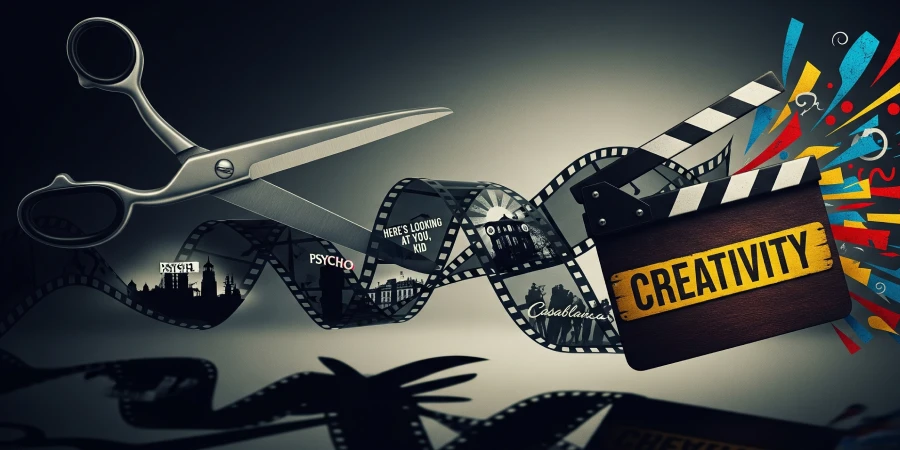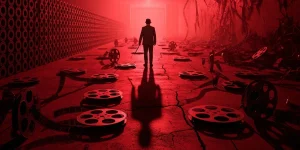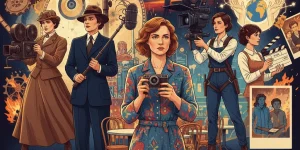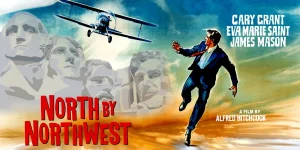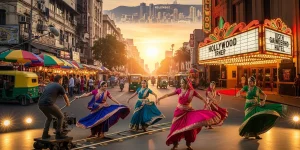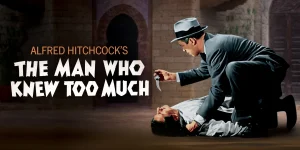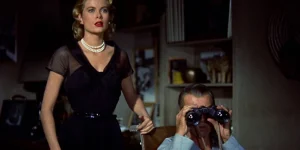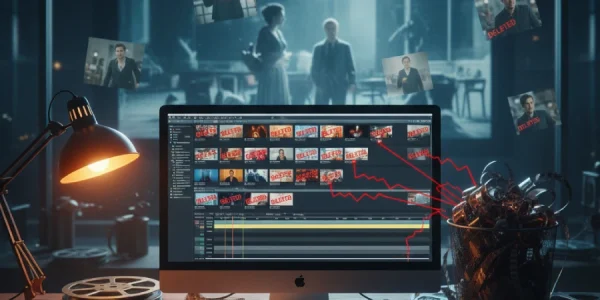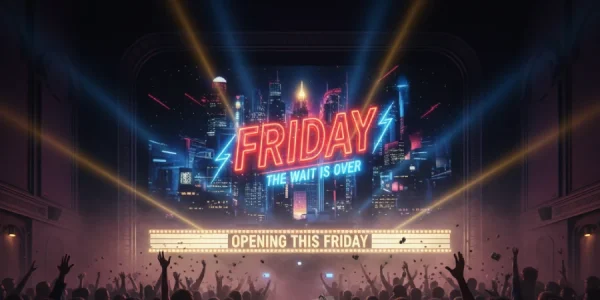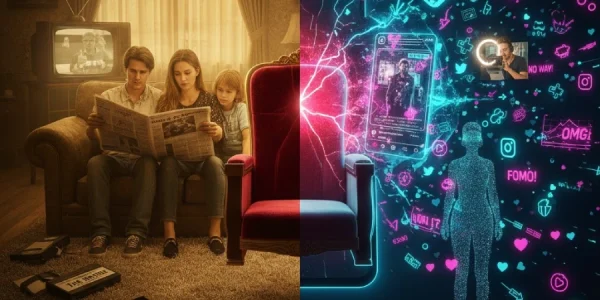Cinema history is filled with paradoxes, but perhaps none is more fascinating than how censorship and creativity have danced together to produce some of our most beloved films. When filmmakers face restrictions—whether from government bodies, rating systems, or cultural taboos—they often discover innovative ways to tell their stories that become more powerful than direct approaches ever could have been.
From Hitchcock’s subtle suspense techniques born from content restrictions to the ingenious workarounds that gave us classics like “Casablanca,” the relationship between limitations and artistic innovation has consistently pushed cinema forward. Understanding this dynamic reveals not just film history, but the very nature of creative problem-solving itself.
Table of Contents
ToggleThe Historical Dance Between Film Censorship and Artistic Innovation
The Motion Picture Production Code, better known as the Hays Code, dominated Hollywood from 1930 to 1968. This system of moral guidelines restricted everything from language and violence to how married couples could be depicted in bed. Yet this era produced some of cinema’s most enduring masterpieces.
Directors learned to speak in metaphors and visual poetry. Alfred Hitchcock became the master of suggestion, creating more tension with what audiences couldn’t see than what they could. In Psycho (1960), the famous shower scene never actually shows the knife penetrating Marion Crane’s body, yet it remains one of cinema’s most terrifying moments.
Billy Wilder navigated censorship with wit and innuendo. Some Like It Hot (1959) pushed boundaries through clever dialogue and situation comedy, addressing themes of sexuality and identity that couldn’t be tackled directly. The film’s success proved that creativity flourishes when forced to find alternative pathways.
Creative Workarounds That Became Cinematic Gold
Visual Storytelling Over Explicit Content
When directors couldn’t show violence explicitly, they developed sophisticated visual languages. The famous crop duster sequence in Hitchcock’s “North by Northwest” creates overwhelming tension without showing a single drop of blood. The empty landscape becomes the film’s most menacing character.
Film noir emerged partly as a response to content restrictions, using shadows and lighting to suggest danger and moral ambiguity that couldn’t be stated outright. Movies like The Third Man (1949) and Double Indemnity (1944) created entire aesthetic movements through these creative limitations.
Symbolism and Subtext
Censorship forced writers and directors to become masters of subtext. Casablanca (1942) works on multiple levels precisely because its creators had to embed deeper meanings within acceptable surface narratives. The film’s anti-Nazi message resonates more powerfully because it’s woven into personal relationships and romantic drama.
Science fiction became a vehicle for social commentary that couldn’t be addressed directly. Invasion of the Body Snatchers (1956) explored Cold War paranoia and conformity fears through alien invasion, creating a template for using genre elements to discuss controversial topics.
International Perspectives on Censorship and Creativity
Different countries’ censorship systems created unique cinematic traditions. The Soviet montage theory developed partly because filmmakers had to work within ideological constraints, leading to revolutionary editing techniques that influenced global cinema.
Italian neorealism emerged from post-war restrictions and limited resources, creating an authentic style that captured human truth more effectively than big-budget productions. Directors like Vittorio De Sica proved that limitations could lead to profound artistic breakthroughs.
In more recent times, filmmakers in countries with strict content guidelines have continued this tradition. Iranian cinema, despite heavy restrictions, has produced internationally acclaimed works that use allegory and symbolism to explore universal themes of human experience.
Modern Censorship Challenges and Creative Solutions
Today’s filmmakers face different but equally challenging restrictions. Rating systems, cultural sensitivities, and market considerations create new forms of creative constraints. The rise of global distribution means filmmakers must consider diverse cultural standards while maintaining artistic integrity.
Streaming platforms and international co-productions have created complex webs of content guidelines. Directors must navigate not just traditional censorship, but algorithm preferences, cultural export restrictions, and audience expectations across different markets.
The Digital Age Paradox
While technology has democratized filmmaking, it has also created new forms of restriction. Social media algorithms, advertiser-friendly content guidelines, and platform policies shape how stories can be told and distributed. Creative professionals are adapting by developing new narrative strategies and distribution models.
Independent filmmakers are finding innovative ways to tell controversial stories through fragmented narratives, interactive elements, and cross-platform storytelling that bypasses traditional gatekeepers while still reaching audiences effectively.
Lessons for Modern Storytellers
The history of censorship and creativity offers valuable insights for today’s content creators:
Embrace constraints as creative catalysts. Some of cinema’s greatest innovations emerged from working within limitations rather than despite them. Restrictions force creators to find more inventive, often more effective ways to communicate.
Master the art of subtext. Learning to embed meaning beneath surface narratives makes stories more engaging and memorable. Audiences appreciate being trusted to understand deeper meanings.
Develop visual literacy. When direct approaches are restricted, visual storytelling becomes paramount. Understanding how images, editing, and sound can convey complex ideas is essential.
Study historical examples. The techniques developed by masters working under censorship remain relevant tools for modern storytellers facing different but related challenges.
The Lasting Legacy of Creative Resistance
The relationship between censorship and creativity has fundamentally shaped cinema as an art form. Restrictions have consistently pushed filmmakers to develop new techniques, narrative structures, and visual languages that have enriched the medium far beyond what unrestricted expression might have achieved.
This dynamic continues today as creators navigate new forms of content guidelines and audience expectations. The most successful contemporary filmmakers understand that limitations aren’t barriers to overcome, but opportunities to innovate.
The next time you watch a classic film, consider the restrictions its creators faced and how those limitations might have contributed to its enduring power. The dance between censorship and creativity continues to evolve, ensuring that cinema remains a dynamic, ever-changing art form.
Ready to explore how restrictions can fuel your own creative projects? Start by identifying your current limitations and reimagining them as creative opportunities. Share this article with fellow film enthusiasts and discover how censorship shaped your favorite movies!

